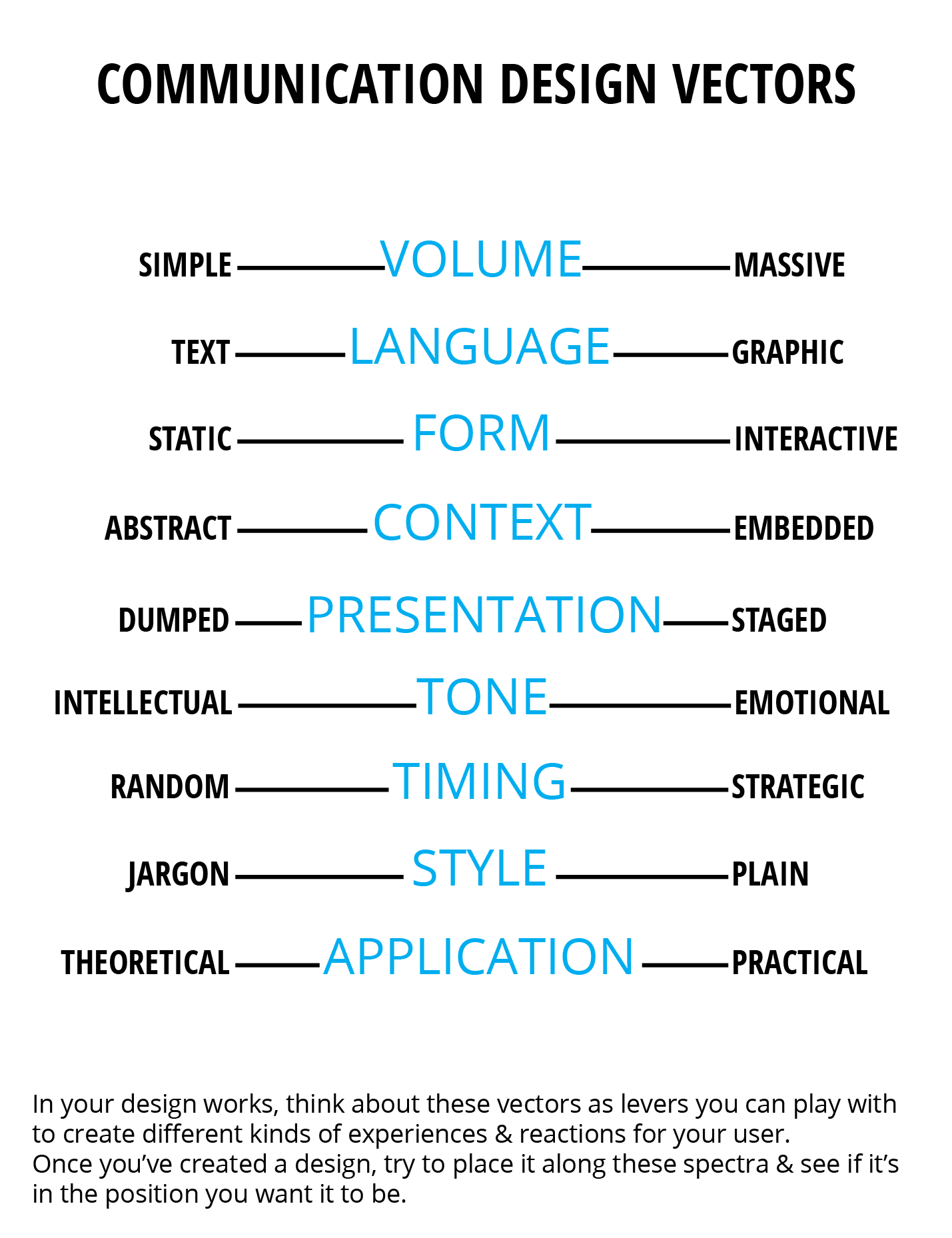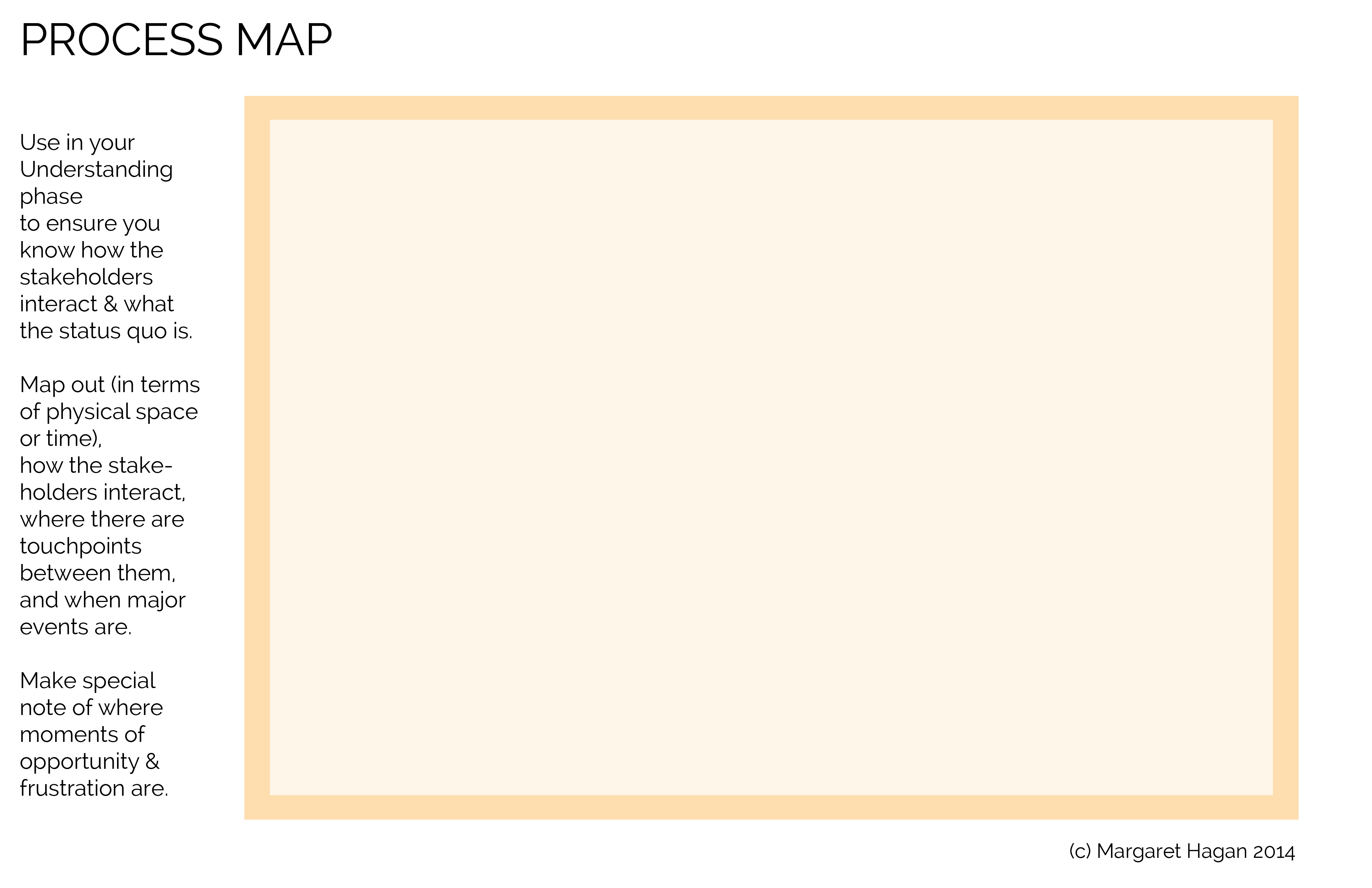One tool I’ve been playing with while running workshops & doing my own design work has been a scaling diagram. It pushes the designer to take the problem statement they’re working on (that they’ve most likely inherited) and then make versions of it — going up in scale to make it more general, abstract, and broad. Then going down in scale to get to very precise, individual, single-user-focused scenarios.

I find this playing with scale to be useful, both to figure out if your original design brief was correct (or if it needs to be moved along this scale) and to start finding better ideas.
Going up the scale to broader problem statements is great for cross-pollination. You the designer begin to see links to other disciplines who share the same broad problem. Like, if you think about training first year associates to acculturate to law firm life as a challenge, you can make it more broad: how do we help a person adjust their behavior and mindsets month-by-month? With this large-scaled challenge, we can bring in other disciplines’ patterns — like, for example, ‘What To Expect’ Pregnancy guides that give week-by-week advice, suggestions, and requirements as something similar to law firm training.
Going down the scale to more specific problem statements is equally useful, by focusing the designer on very particular people, who are going to provide more grounded contexts for making design choices. Once the designer focuses on a real individual, and only her specific use case, the designer can cut a lot of the assumptions & generalizations out of her work — as well as many of the distractions and complexities. Designing for a very specific & detailed person can help a designer come up with more unique & breakthrough ideas, by taking her away from imaginary, abstract target users. Designing for a generalization tends to lead to boring, generalized designs.


